Domestic Hot Water and Wood Cookstoves: What To Know
Many folks who want to live the self-sufficient lifestyle know how to handle their food: Hunting, gardening, and building a fire. Mastering the methods behind each of those tasks means you’ll never have to worry about starving, no matter the situation. But what about water? Specifically, hot water?
We all know water is more important than food for survival, but we don’t often think of the huge role that hot water plays in our day-to-day life. We should, though, because heated water is essential to minimizing bacteria in cooking, cleaning, and bathing. Of course, anyone can throw a pot on top of a stove or over a fire, but if you’re living in an off-the-grid household, your hot water needs will be much greater than any stove-top pot can offer. So what’s the solution?
Domestic hot water heated by a wood stove.
Notice: Producing hot water through a boiler system requires installation by a professional and local building codes must be adhered to for safety. Every system is different. The information provided in this article is for reference only and cannot be relied on for any specific installation.
- Water Jacket to Storage Tank
- Cleaning a Water Reservoir and Water Coil
- Pump System
- What Kind of Water Storage Tank Should be Used?
- Range Boilers verses Domestic Hot Water Tanks
- Is Domestic Hot Water Right For You?
- Technical Details for a Water Coil Installation
- Obadiah’s Domestic Hot Water Kit
Many woodstoves and cookstoves offer an option (typically for an additional but reasonable cost) for domestic hot water installations. Here’s how it typically works:
Water Jacket to Storage Tank
The water jacket is connected by piping to the water storage tank. As cold water flows from the bottom of the storage tank and into the jacket, it becomes heated. That heated water is then sent back out through a separate pipe to the top of the storage tank, thus creating a tank full of hot water that can then be connected to where ever you need. This method relies on simple physics: Hot water rises, and cold water falls. As a result, no pump is necessary. This creates a thermoloop and is known as “thermosiphoning”, a passive system. You do need a specific valve to make thermosiphoning work, so make sure you use a brass swing valve. Do not use a check valve, especially one that is spring loaded, as it will not create enough pressure for the system to function.
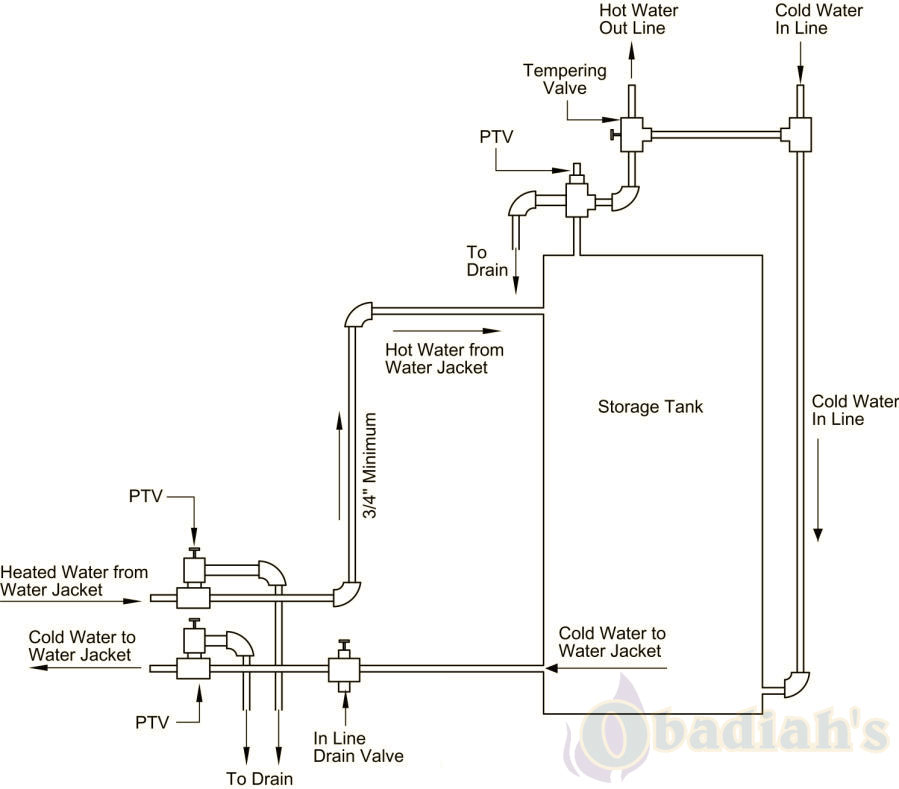
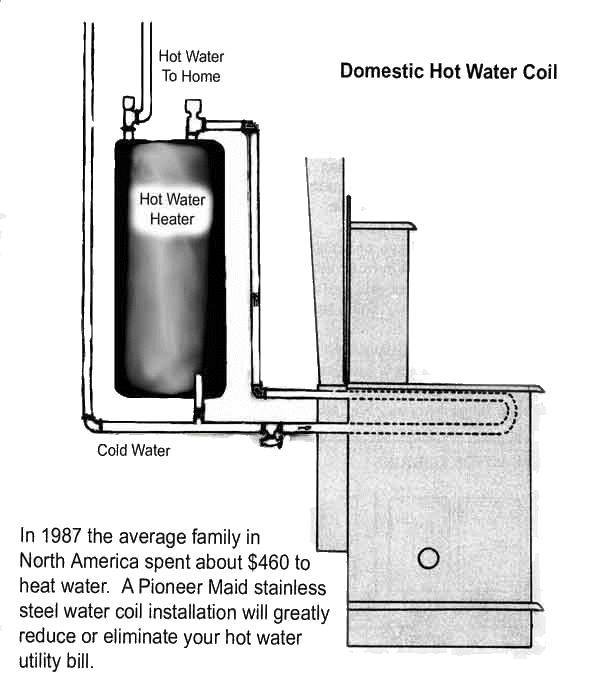
Keep in mind that some cookstoves can be ordered with a water reservoir. The reservoir is a tank that fits onto the back of the stove, or it may be built onto one side of the stove. Reservoirs are not pressurized and cannot be connected to a domestic hot water system. They are fill and drain systems only, which means you fill it with a bucket and drain it into a bucket. If you buy a wood cookstove with a water reservoir and it is connected to a water coil, there must be water in the reservoir at all times when there is a fire in the firebox or it the water coil will burn out prematurely. Unless you will empty and refill the reservoir at least once daily, we do not recommend that you connect the reservoir to a water coil as the water in the tank will boil, thereby stressing the tank and also creating excessive humidity in the home. Cookstoves with reservoirs are capable of heating the water without being connected to a coil. Most water reservoirs require that you keep water in them while the stove is in use, or the tank may be damaged.
Cleaning a Water Reservoir and Water Coil
Over time the water will become stagnant in the tank. Water reservoirs and water coils should be cleaned with white vinegar on a regular basis to sanitize them and also to prevent build up of minerals in the water coil. If water cannot pass thru a water coil whose passage is narrowed by the build up of minerals, an explosion can occur as water pressure builds in the pipe.
Pump System
An active system can potentially produce more hot water and, as long you have power, there is less chance of dangerous pressure levels from the water overheating (the result of an active system producing more water movement). However, an active system can become complicated quickly: In the event of a power failure, an active system’s electric pump will cease and potentially lead to dangerously high pressure in the water jacket and piping. Heated water will not push through a horizontal pipe without a pump and therefore an explosion can occur as the pressure builds up in the system. With this danger in mind, you must also install a relief valve within two feet of the water jacket that is piped to a drain.
Obadiah’s firmly believes that a passive system is the best way to go in terms of simplicity, safety, and expense. There may be circumstances where a pump system is the best (or only) option, but the benefits of relying on simple physics instead of electronics when attempting to live the self-sufficient lifestyle cannot be overstated.
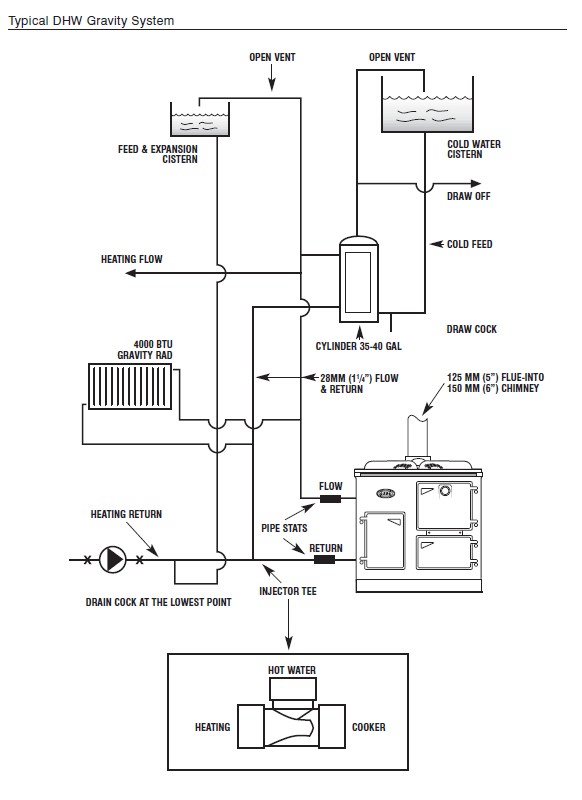
What Kind of Water Storage Tank Should be Used?
Standard hot water tanks that are used for heating domestic water should never be used as a holding tank for water being heated by a wood stove. Standard water tanks are not heavy enough and are insulated. There must be a way for the heat to bleed off. All plumbing must be hard plumbing like copper or stainless steel. Galvanized can be used but it will plug up faster if there are minerals in the water, especially lime. PEX lines should not be used.
Range Boilers verses Domestic Hot Water Tanks
Some folks out there have tried using insulated domestic hot water tanks that you can purchase at just about any hardware store. There are several reasons why this is a really bad idea.
1. Domestic Hot Water Tanks are not built like a Range Boiler. They are not designed for the high water temperatures that a solid fueled appliance produces. They are much thinner tanks and can rupture creating a flood of scalding hot water in your home.
2. Domestic Hot Water Tanks are glass lined. The problem is that these tanks are not cast iron but rather sheet metal of a much lighter gauge. When connected to a solid fueled appliance like a wood or coal burning stove you will have a constant flow of hot water going into the tank. If you are at work all day during really cold weather, the water temperature in the water tank can rise to the point of boiling. To prevent an explosion from happening when water boils, it produces steam which expands tremendously and creates extreme pressure. The PTV (Pressure Temperature Valve) senses this and opens up to bleed off the pressure. Hot water pours out of the valve which must be connected to a drain so it doesn’t pour out onto your floor. The hot water is being replaced with cold water from your pressurized domestic water system. The water pouring out of the tank is above 200 degrees, and the water pouring into the tank is around 50 degrees. This 150 degree temperature difference creates a lot of expansion and contraction inside the tank. Eventually the glass lining will crack and it will no longer provide any corrosion resistance inside the tank. This means that the thin metal tank will rust quickly and fail within a year or two and can potentially flood your home.
Range Boilers are stone lined and have a much thicker and more flexible material inside the tank. The material is also a heavier gauge, made with a thicker steel and therefore will flex far less than the Domestic Hot Water Tanks will. They have been designed for the rigorous use that these kinds of installations produce. They will hold up and not fail like a typical Hot Water Tank you purchased at the local hardware store.
3. Range Boilers have Bungs (places where you can connect water lines to) installed to make the proper connections to your plumbing system, on the sides, bottom and top. You should keep the hot water heating loop separate from the domestic water loop to prevent scalding hot water at your faucets. These connections should be on the side of the tank and the water going to the faucets should be coming from the top of the tank. This way the tank has the ability to mix the cold and hot water inside the tank creating a buffer by mixing the temperatures of the hot water coming from your stove and using the tank itself as a mixing valve. Anti-Scald Protection should be installed as well. These can be mixing valves installed where the cold water enters into the top of the tank which connects to the hot water leaving the tank. Some mixing valves are preset and some types are adjustable. If the water temperature is too hot, cold water from the inlet side mixes with the hot water leaving the tank when someone turns on the hot water somewhere. This brings the temperature back down to a safe temperature so that you don’t have scalding hot water coming out of a faucet. The same thing can be done at the faucet itself using the same principle of mixing cold and hot water together so it is much safer, by using anti-scalding water fixtures. This is code in some areas.
4. Range Boilers are not insulated by design. The idea is that allowing some heat to escape through the walls of the tank, which not only helps heat the house, it also takes longer for the tank to get so hot that it blows the PTV valve. An insulated Domestic Hot Water Tank is designed to hold the heat inside the tank because it is designed with a burner system that turns on when the water temperature gets too low and it turns back off when it gets to a preset temperature. This does not happen when you are connected to a Solid Fueled appliance, which does not modulate or turn on and off. If your stove has fuel in it and is burning, it is sending heat into the tank, there’s no way to control it or turn it off. It is always a good idea to install the Range Boiler inside a closet so it can be ventilated in the winter by simply opening the closet door. In the summer the closet door can be shut to help keep the heat in.
5. Range Boilers have places to install Temperature Gauges that will help you to monitor what is going on inside your tank and how long you have before your PTV is going to release your hot water into the drain and cool down the tank. Knowing the temperature in the middle and at the top is very helpful for your ability to know if you need to take measures to use some hot water by taking a long hot shower, do some laundry, or give Fido a bath. It’s also helpful for you to know how much hot water is left after your teenage daughter just took a 40 minute shower and you need a shower too. Will it be a cold one, and maybe you should wait 30 minutes for the tank to build up some more hot water?
These are the realities when you have this kind of system in your home. Having free hot water from your stove is great, but it does come with some limitations and requirements to get the most out of the equation. Once you get your mind wrapped around the idea that as long as you’re stove is making heat, it’s making hot water too. You begin to understand what the temperature gauges mean in relation to what you are going to do with the hot water. Bottom line here is “Use It, Or Loose It”.
Other points to remember are that you can’t put the Range Boiler in the basement, it must be higher than the stove. The next thing is that you should have the Range Boiler tank fairly close to your stove. The higher you go the further away you can get from the stove. This is only applicable for passive systems that don’t use circulation pumps, in which case you can do just about anything, until the power goes out, in which case you just might have a big problem on your hands, unless you have a backup plan and it kicks in very fast to keep the hot water flowing.
Is Domestic Hot Water Right For You?
So now you know the basics. The real question is, should you use your stove for domestic hot water? Depending on your circumstance, heating this way can be hugely beneficial. With a passive system there is absolutely no reliance on electricity, which will ultimately keep your heating costs down during the cold winter months.
Installations should not be done in situations where the building or home is not used full time and the entire system would have to be drained when not in use. It is typically not feasible to install in a home or cabin that is used part-time. Once the water coil is installed into a firebox, water must circulate through it or the coil will burn out.
The real catch with using your stove for domestic hot water is that it is a constant monitoring process. When you use hot water at the tap, laundry, or shower, the temperature of your water storage tank will decrease. If you have a family, you can rotate your turn for showers and do laundry and dishes throughout the day to periodically use accumulating hot water. Another trick to get the most out of this system is to also drain the hot water tank at night (take showers, etc.), so that it will refill by morning. By using the heated water throughout the day, you will prevent the release valve from dumping hot water out of the tank. A release valve must be built into the tank to prevent overheating and potentially an explosion.
This system works if you’re on a ranch, homestead, or farm, and everyone is around during the day. If everyone is going different places all the time, it won’t work because no one can monitor the water temperature. If that’s the case, the system has to be automated with aquastats, pumps, and a diversion system to bleed off BTUs into the something like a hot tub or pool. These systems can get complicated quickly and the price can get expensive, so make sure you can run it with a battery back-up in case of a power failure.
So, how does all of this look in real life? If you worry that a domestic hot water installation will be a mess, fret not! Below are a few photos of a properly installed system that’s been connected to radiant in-floor heating.
Technical Details for a Water Coil Installation
The key to using this type system is understanding that you cannot install valves to turn off the flow of water, or you will have an explosion when the water boils. When there is fire in the firebox of your stove, some of the BTUs will be going into the hot water tank, so you must have two ways to read the temperatures in the tank. If you don’t have a way to read the water inside the tank, you will need to install a temperature gauge on the inlet side of the thermo loop and on the hot side of the domestic hot water outlet on the tank, which will give you an idea of the temperature of the water going in and coming out of the tank. For example, if the water going into the tank on the thermo loop side is running at 220 degrees and the hot water coming out is 190 degrees, it means you have 20 degrees to go before the pop off valve will release and all your hot water goes down the drain.
By using your stove to heat water for domestic use, you will be taking a huge step towards total self-sufficiency. For more information on domestic hot water via stove, please check out our videos on the subject. There are also several free resources available online to help you understand a bit more about this unique way to heat your water:
The Cookstove Community also offers a basic installation walkthrough on our forums, check it out here if you need some advice on what to do next!
Obadiah’s Domestic Hot Water Kit
Not sure what parts you need to begin the process of getting a domestic hot water setup? Fret not! Obadiah’s has put together a kit with everything you need for your system. Your individual system may require other parts not listed here. These items can be purchased on our Stove Parts website. For pricing or to order, please click here.
First, select your boiler tank size:
| Part # | Part Name |
|---|---|
| T30-RB | 30 gallon Range Boiler Tank |
| T40-RB | 40 gallon Range Boiler Tank |
| T80-RB | 80 gallon Range Boiler Tank |
| T120-RB | 119 gallon Range Boiler Tank |
Next, pick up Obadiah’s Domestic Hot Water Kit:
| Part # | Part Name |
|---|---|
| 36-DT | Dip Tube for hot Rock Range Boiler |
| EXP-30 | 4.4 gallon Expansion Tank |
| 34-BD | 3/4″ NPT Boiler Drain |
| T-571 | Stick Style Thermometer Gauge |
| SV-150 | 150 PSI Safety Pressure Relief Valve 3/4″ NPT (2 units) |
| H25-18 | Gauge Style Pressure and Temp Gauge |
| FV180/U | 1/8″ NPT Auto Vent Valve |
| AM101-1 | 3/4″ NPT Mixing Valve |
Need to add a pump? Just include these parts (either on-grid or off-grid, depending on your living situation):
Domestic Hot Water Pump Parts (on-grid, 120 Volt AC System)
| Part # | Part Name |
|---|---|
| 006B | Taco DHW Circ Pump 120 Volt Sweat |
| L6006A | Aquasat Controller well type with stem |
Domestic Hot Water Pump Parts (off-grid, 12 Volt DC System)*
| Part # | Part Name |
|---|---|
| C-12V | Laing 12 Volt Circ Pump 3 gal per minute 1.9 amps 1/2″NPT |
| 12VRELAY | 12 Volt Relay for Circ. Pump |



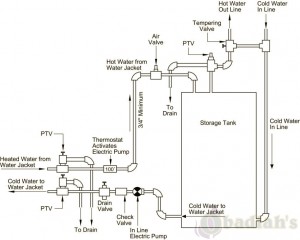
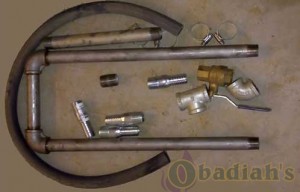
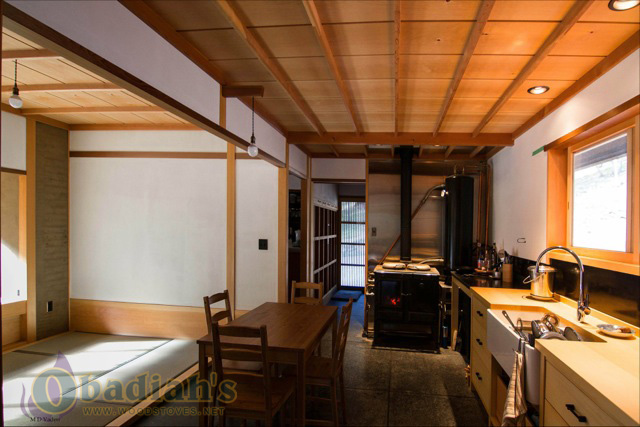
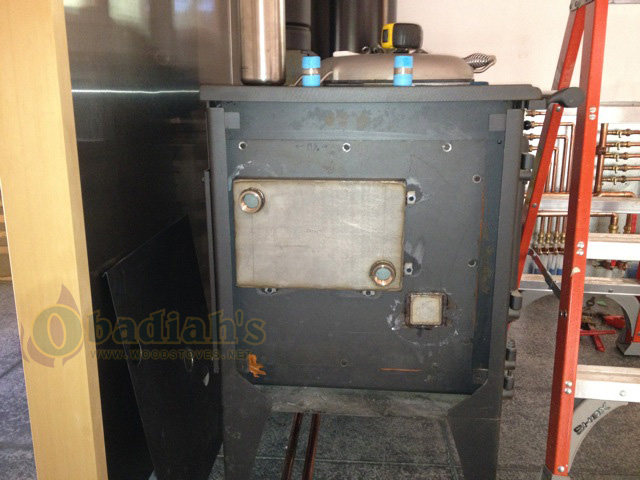
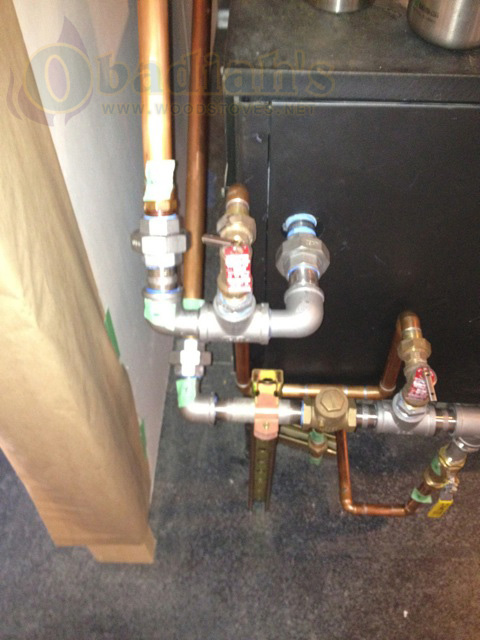
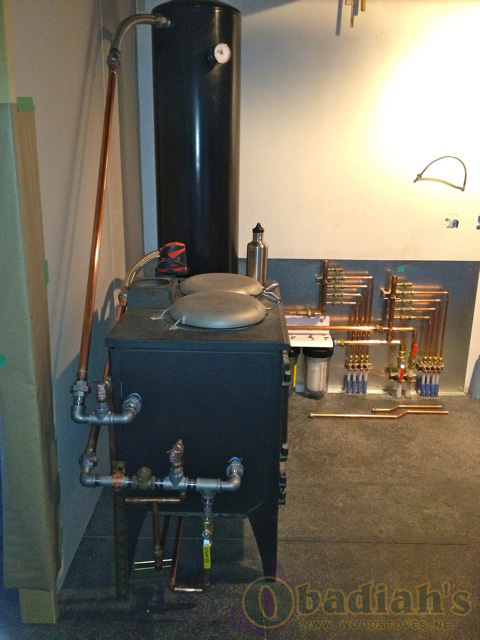
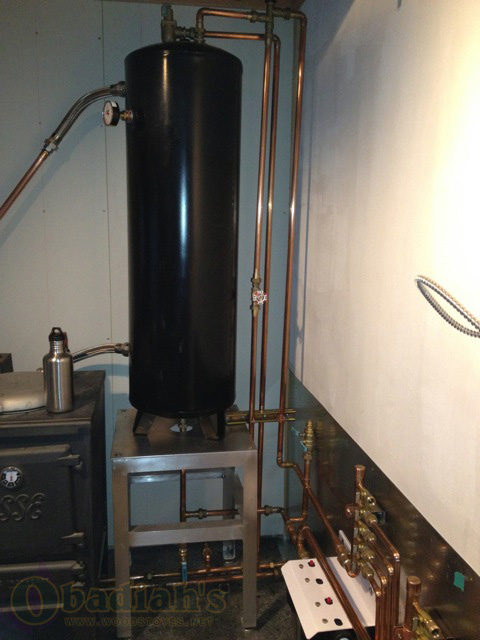

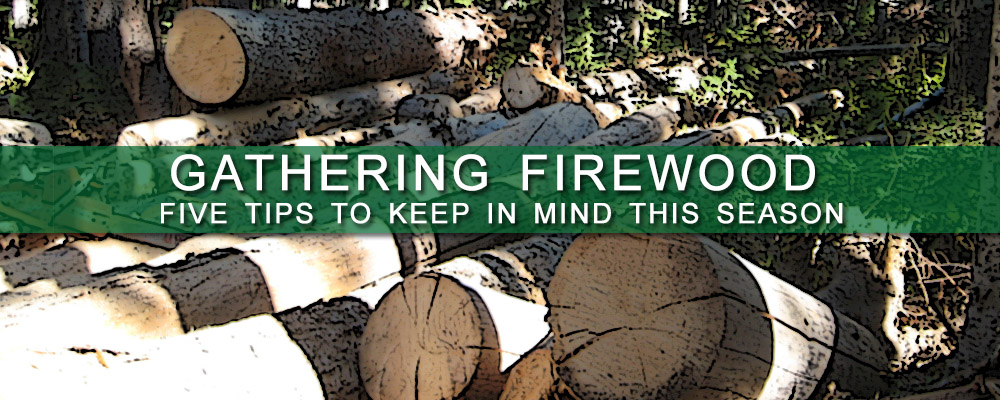


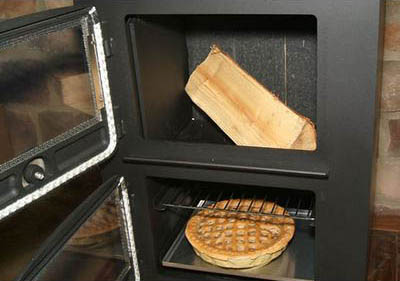
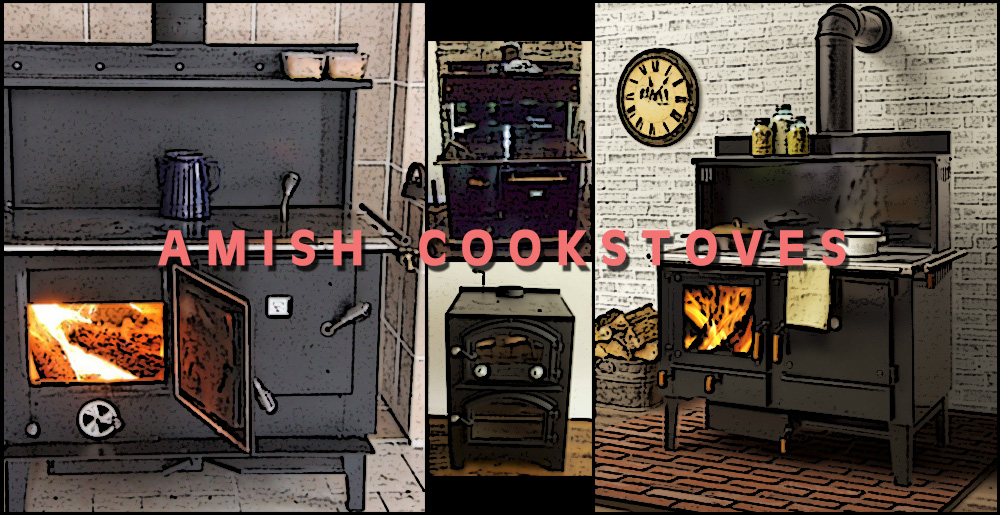
Please change the drawing on “A domestic hot water setup with an Elmira Cookstove”, since it does not say a gravity or a pump system, the way the drawing is showing, you will get a steam build up and possible problems if a person does not realize, with a gravity system you can’t have your return line above your storage tank. I would think the best area in your tank would be in the middle and your “draw” at the top of the tank but that depends on the way the tank is refilled.
If your hot water storage tank is above your facets and you vent your storage tank to the atmosphere, you will never have a chance of explosion. Because the vent will just allow the steam (if the water is super hot) to vent to the atmosphere.
Like you said, a lot of people want to be off grid and that picture does not help be off grind, maybe homeless. I hope people are not relying on this post only for figuring out hot water heating. It is a good start but seemingly incomplete.
Greetings Andrew and thanks for the comments. You said, since it does not say a “gravity or a pump system”.
When I reviewed it I found the terminology, ” Domestic Hot Water – Passive System” .
and “Domestic Hot Water – Active System.”
Sorry for the mis-communication. Passive is normally anything that is natural, physics such as Thermodynamics rather than gravity to circulate the BTUs in a medium such as hot water.
An Active System would fall into the category as anything requiring a mechanical means to move it, a pump would fall into that category,
As far as the rest of what you said, I am not following you, the lower diagram clearly shows a circulation pump the active system.
There are other ways to do things rather than what is shown here. The system here is a viable way to do this. The way that you are referring to is common in Europe and very simple and yes I agree. I don’t agree that what we have demonstrated is wrong. Perhaps you would like to start your own article showing diagrams for this kind of system? We welcome others to share what they have done.
In the meantime we’ll see about adding a diagram of an open system.
Thanks,
Please make note that the diagram that shows the passive and active DHW system show a check valve in both instances. The check valve needs to be there for a system that is using a pump to circulate the water. I believe this to a Typo as the check valve should not be installed in a passive system as it will prevent the movement of the water flow. Themosiphoning is very gentle and it does not take much to stop the flow. What would happen is you would have surges as the water heats up to the boil point, and burps steam to release the pressure. You will not get a smooth temperature clime in your Range Boiler. Instead your system will be making strange noises and probably sounds like it wants to explode sometimes. Remove the check valve and your system will probably work smooth as silk.
Hello, we have a flameview stove with a double coil. We have reliable gravity feed water. How do we hook up our flameview? We need a schematic.
thanks
Hi Susan,
One of the common complaints about the Flame View is the lack of directions included with it. We haven’t supported the Flame View in quite some time, but Woody drew up his own manual years ago and if he can find it that might help you out. You can send him an email over at woody@woodstoves.net. Good luck!
Hi Woody,
Wish I saw your forum before I bought the Flameview, I would have bought a more reliable stove! I wonder if we can sell this beauty?
It’s getting cold here in the Kootenay, and we need to heat our house. However we found out that we can’t burn a hot fire without damaging our double-coil water-heater in the Flameview and we haven’t found a plumber with the know -how to connect the water coil system. ( my husband is working full time out in the field). Can we take the double-coil out and use the woodstove, like a normal woodstove? We’ve heated with wood for a very long time.
thanks for your forums,
Susan
That’s correct Susan, you don’t want to start any burns in the stove with the water coil hooked up if there is no water available. Thankfully. the Flame View does not require the double-coil to operate, so you should be able to remove it and use the stove as a standard woodstove/cookstove.
I am adding this information as a means to help other Flameview Cookstove Owners who are also wondering how to remove the Double Hot Water Coil from their cook stove, it simply unbolts.
1. Remove the bolts (2) in the top firebox, that are in the bracket the tubes are welded to.
2. Slide it out, and remove it.
3. You must plug the holes using the same two bolts that held it in, by adding some fender washers to close the hole off.
4. A little dab of furnace cement would help too. Add one washer inside the firebox and add a dab of furnace cement push it against the firebox wall to hold it in-place, repeat on the outside of the firebox.
5. Tighten and your ready to fire your Flameview Cookstove.
6. Grab a fire extinguisher and keep it nearby.
7. Buy a Chimfex that you can toss into the firebox if the stove catches fire.
8. Make sure you keep it cleaned and make sure that you dig out the creosote at the base of the chimney system that goes through the warming oven.
9. The only way in there is through the top of the flue collar down. You must dig the creosote out of this area in order to properly clean this a Flameview Wood Cookstove. If this area ignites it will burn at over 2000 degrees! Printed clearances do not allow for this.
10. Keep the area around the oven clean as well as this side is prone to build with creosote.
There is another post on Hearth.com that talks about another Flame View Cookstove and how to clean it properly. https://www.hearth.com/talk/threads/does-anyone-have-the-margin-flameview.113187/page-2
Susan,
I am still making trips to the Yaak almost every weekend as long as the pass remains open, to work on my place and get ready for Burrr season.
Call me and maybe I can swing by and help. I will be back up there in the West Kootenay, Friday Nov 11th, looking at the local Vet’s boiler installation.
Sorry about your Flameview, I still have the one I made the video about and have not been able to find a buyer either after 3 yrs. now. I guess the video opened some eyes. We had hoped it would be Margin Stoves eyes and we could offer a improved model, the way JA Roby changed the Cuisinier after I brought those issues to their attention. But they still wont talk to me until I remove the videos I made about the Flameview. The Margin Gem is one of the best antique re-pros on the market and we said so, we still recommend it when asked for new Antique Cookstoves. Very unfortunate, but I stand by what I demonstrated in the video.
Hi,
We have a pioneer princess that came with a hot water coil. As we attempt to install the coil the mechanics don’t seem to quite work. The coil hits on the bottom of the cook surface and the top of the fire brick. The only way to install seems to be to angle the coil down toward the front of the stove and remove some brick. (our brick is in many pieces at this point from years of use) Also, the coil came with lock collars, are the collars supposed to be outside the firebox or inside as a hard stop? If the collars are inside the threaded end of the coil wont reach out far enough beyond the heat shield to attach the elbow that will lead into the pipe. But if the collars are outside the wholes are not fully sealed and the coil has some wiggle. Would love to see a drawing of intended installation for the pioneer princess.
Thanks
How did the water reservoirs work on the quick meal coal (and wood) stoves —American Stove Company 1901-1920s . I have such a stove with the two 9” diameter side ports for connecting to a water reservoir but wonder how problematic or useful it was to use in an off grid situation. . .
Anyone sell kits for older stoves with the res tank /water jacket missing?